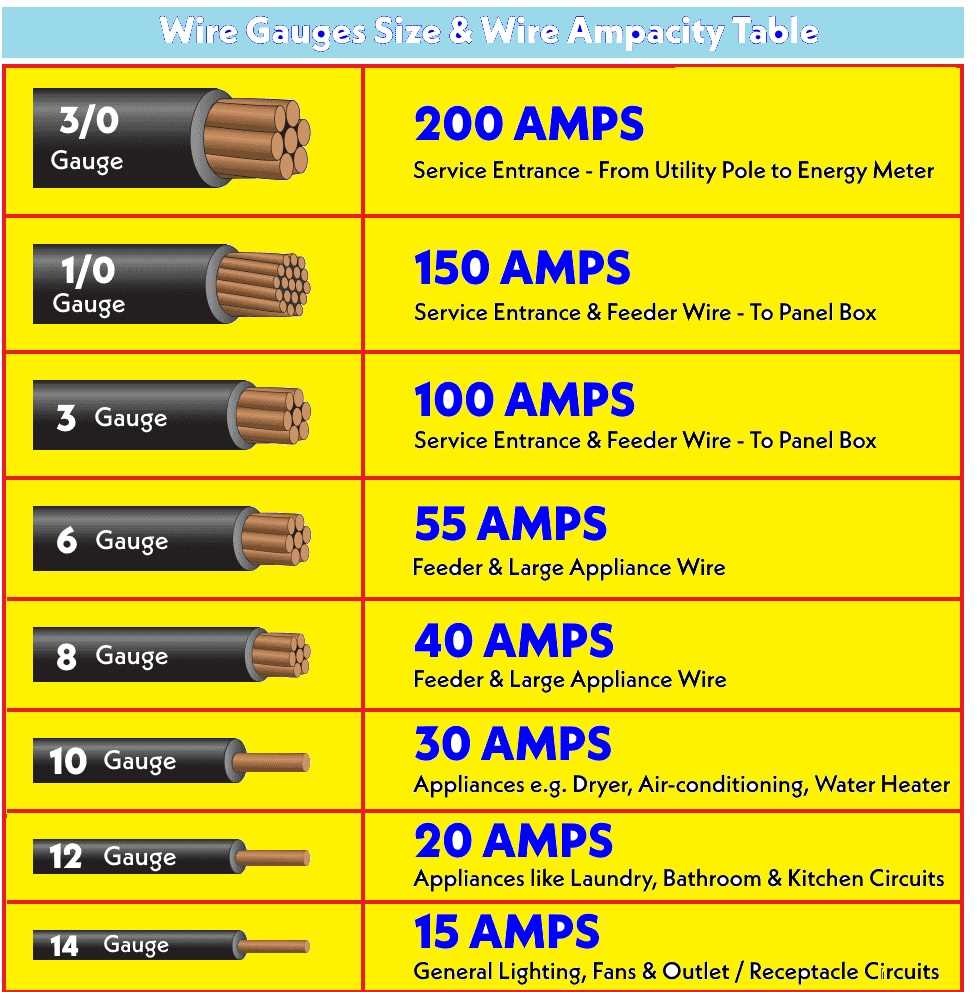Brushwood Brewing
Cast your bread upon the waters
- Joined
- May 5, 2022
- Messages
- 208
- Reaction score
- 344
After a couple years of use, I'm finally going to upgrade my Anvil Foundry to 240v. I will "cut the plug" on the Foundry and re-wire a new plug on it, as well as install a new, dedicated GFCI-protected 240v circuit. The manual says to use either a NEMA 6-15P or NEMA 6-20P plug. If I understand that correctly, that also means I can either use a 15 amp circuit or a 20 amp circuit. If the circuit is dedicated only to the Foundry, is there any advantage using a two-pole 20 amp breaker instead of a two-pole 15 amp breaker? Would it actually give more power to the Foundry? Or would it just be an unnecessary added cost?
If I go with the two-pole 20 amp breaker, I plan to use 12/3 copper wire, NEMA 6-20P plug, and NEMA 6-20R outlet. If I go with the two-pole 15 amp breaker, I plan to use 14/3 copper wire, NEMA 6-15P plug, and NEMA 6-15R outlet. Please correct me if any of that sounds wrong.
I'm comfortable performing the work myself, but just need help choosing what to buy.
Cheers.
If I go with the two-pole 20 amp breaker, I plan to use 12/3 copper wire, NEMA 6-20P plug, and NEMA 6-20R outlet. If I go with the two-pole 15 amp breaker, I plan to use 14/3 copper wire, NEMA 6-15P plug, and NEMA 6-15R outlet. Please correct me if any of that sounds wrong.
I'm comfortable performing the work myself, but just need help choosing what to buy.
Cheers.



































![Craft A Brew - Safale S-04 Dry Yeast - Fermentis - English Ale Dry Yeast - For English and American Ales and Hard Apple Ciders - Ingredients for Home Brewing - Beer Making Supplies - [1 Pack]](https://m.media-amazon.com/images/I/41fVGNh6JfL._SL500_.jpg)























